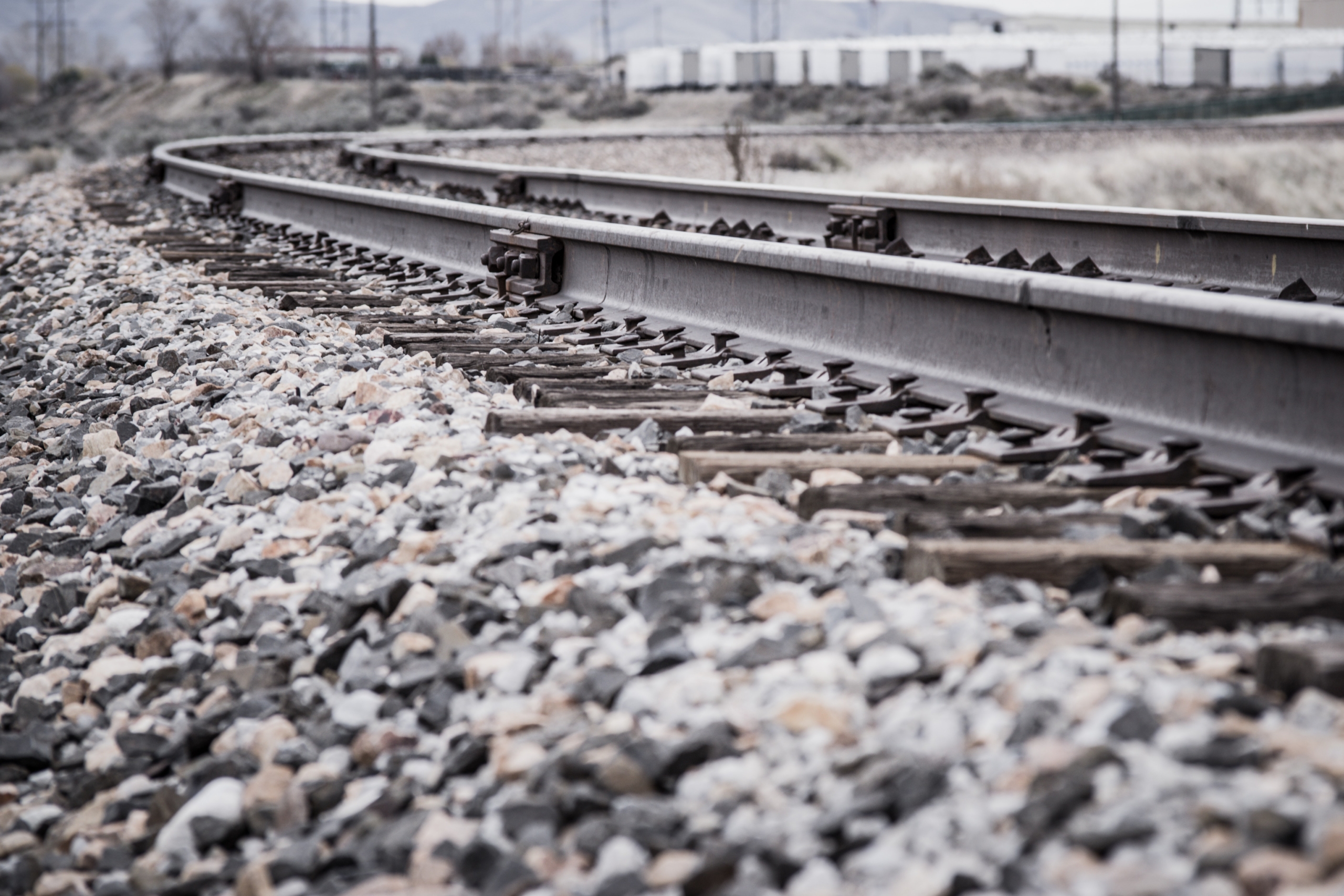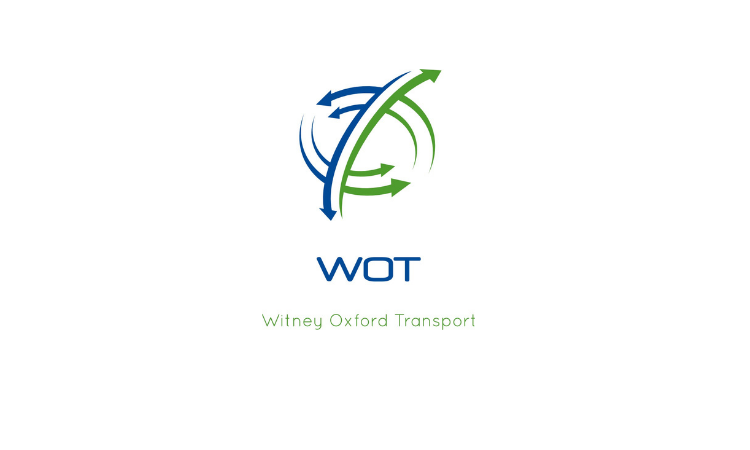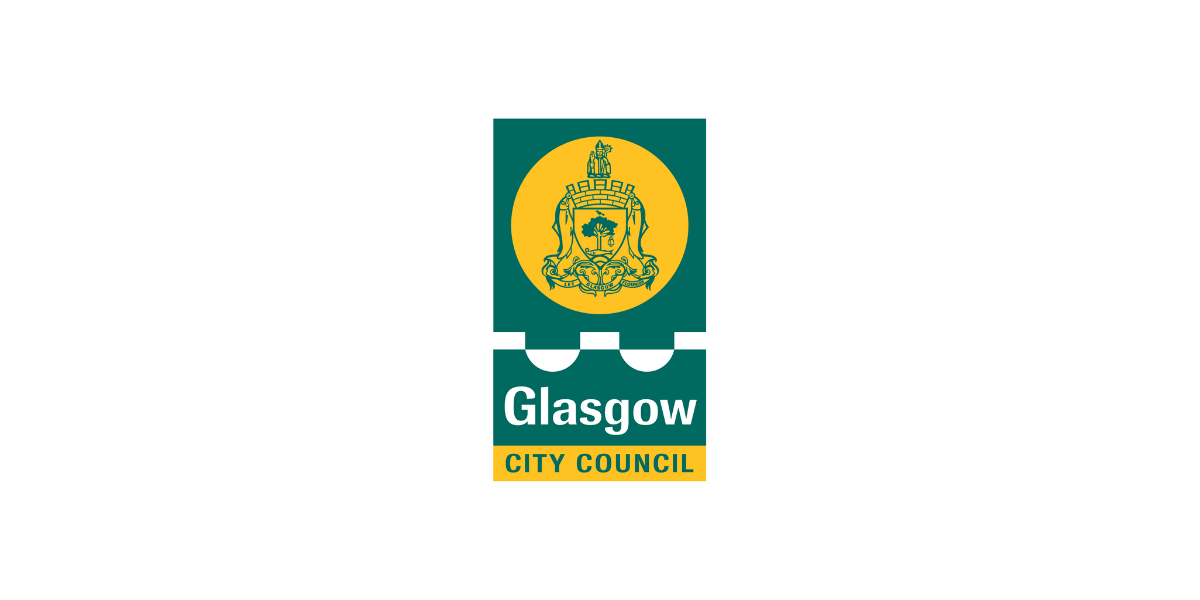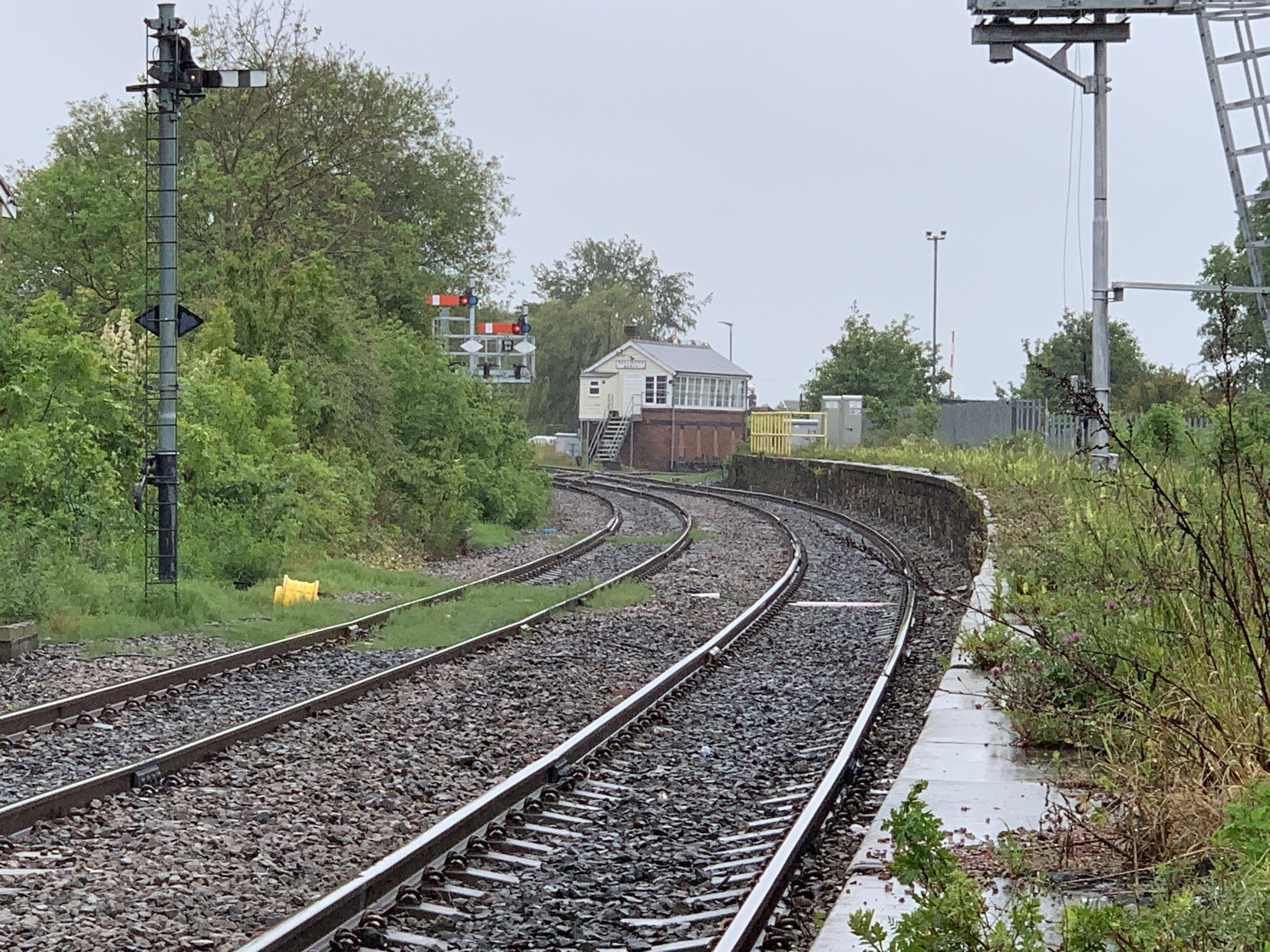George Hazel, Director of E-Rail, examines how E-Rail can help the new government deliver its transport aims and ambitions.
Last month a new Government was elected in the United Kingdom. In her first speech, the new Labour Secretary of State for Transport listed five key aims:
· Improving performance on the railways and driving forward rail reform
· Improving bus services and growing usage across the country
· Transforming infrastructure to work for the whole country, promoting social mobility and tackling regional inequality
· Delivering greener transport
· Better integrating transport networks
In setting out the Government’s aims the minister noted that “growth, net zero, opportunity, women and girl’s safety and health” can only be realised with transport as a key enabler.
These are all good policy objectives, but given subsequent announcements outlining constraints on funding, the difficulty of delivering greener transport and the lack of joined up integration of transport networks, the question remains: how can these can be delivered in a way that increases access across all communities and promotes social equity?
The team at E-Rail has developed a method that will help deliver better public transport through innovative funding and support creating sustainable communities around public transport. Our work also helps integrate various transport modes.
“On average, house prices rise between 15% to 20% within 1.5km from a railway station access point.”
It is well documented that improved accessibility leads to increases in land value around stations, whether that be for heavy or light rail, trams or bus-rapid-transit (BRT) / trackless trams. On average, house prices rise between 15% to 20% within 1.5km from a railway station access point. Our method harnesses this increase in value by securing it through a unique and innovative method that can demonstrably fund around 25% of the capital cost of the new transit facility.
This is new wealth created from the increased land values that only exist because of an investment in infrastructure. We secure the funding from landowners through contribution agreements built into the title of land plots. Working on behalf of Northumberland County Council, we secured a substantial LVC contribution for the Northumberland Line project, and our method was reviewed and validated by the Department for Transport.
However, the benefits do not end at raising the LVC funds. The amount of funding raised depends on the development allowed around stations; the more development the greater the funds. This also means that because the developments are within walking and cycling distance of the station, more people will use public transport, and there will be additional demand for new services, helping the business case. LVC can therefore provide a significant and direct contribution to capital costs and, by virtue of the development arising, more users of the facilities provided and thus more income.
“If the planning regime incentivised landowners and developers to build around stations car parking could be reduced, cutting emissions, accidents and congestion.”
Coordinating and connecting development with public transport creates sustainable communities that support local businesses and services and are less reliant on the car. If the planning regime incentivised landowners and developers to build around stations car parking could be reduced, cutting emissions, accidents and congestion. Montreal did this successfully with developers having to firstly justify why they were not developing around stations.
This really is a multiple-win scenario, increasing accessibility for communities, helping to foster social equity, growing the local economy, and creating a cleaner environment and a higher quality of life. New facilities can act as transit hubs integrating with other modes such as cycling, bus and taxi thereby creating a multi-modal environment for travel. Indeed, in many places around the world these are also community hubs, building in social as well as communal facilities alongside business interests.
Successful and fair towns and cities need effective and efficient public transport systems. In terms of planning and transport successful towns and cities maximise exchange space and minimise movement space. It is exchange space that creates a healthy economy, clean environment and higher quality of life. Movement space gets people to their places of exchange. However, to do this the productivity of the movement space needs to be maximised. The only way to do this is through good public transport systems. Towns and cities do not have the movement space to do this through private cars – it’s simple arithmetic! Transport is about getting people and goods to where they want to be, not moving vehicles.
“Transport is about getting people and goods to where they want to be, not moving vehicles.”
The new government is seeking to introduce new ways of capturing land value, including CPO powers and expanded levies. This is ultimately a form of development/community land tax, something that has been tried, discussed, altered, abandoned, reintroduced by successive governments, for a very long time. It can and will likely take a long time to develop into a formal policy, and whilst this form of value capture has seen modest success, in most cases it has been withdrawn because of the unforeseen consequences of a tax on land and development.
Most analysts will admit that while the theory is sound, the practical implementation of such proposals is flawed, as they act against wider policy objectives. A tax on development or land discourages development. This is not the intended result. Most landowners and developers will simply wait for a change in government and the withdrawal of the tax. In the meantime, both commercial and residential projects don’t happen.
The methodology used by E-Rail goes with the grain of both developer/landowner and government. We secure on behalf of Government the cash generated from value increases as a result of activity in infrastructure, and landowners see their sites prioritised with a degree of certainty which would otherwise not be achievable. Furthermore, the payment of the landowner’s contribution takes place when the value has been actually realised, thereby ensuring the maximum is raised and there is no penalty to pay up front, such as with S106 or prolonged legal processes to secure land ownership through a purchase process.
Public spending is currently under massive pressure and is likely to be curbed, or as a minimum dramatically reduced (for example, ceasing of the Restoring You Railways programme recently announced by the Chancellor) and reprioritised. This is when E-Rail does truly come into focus.
There are rail projects we have previously assessed which could be fully funded using our methodology, and others that could achieve a substantial contribution, lifting up the pecking order in any value for money assessment. Importantly, this should mean that railway line and station reopening investment, or introduction, can continue; supporting economic growth of our country despite the availability of government contributions being much reduced.
